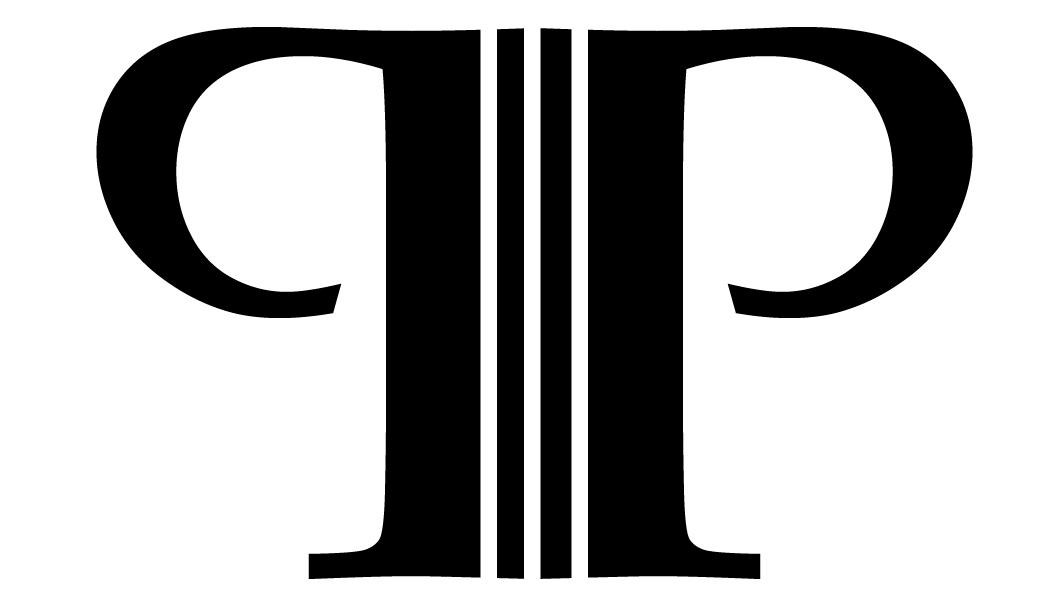Instruments in general and cellos in particular are often a mystery to their players. And even luthiers who claim to know everything about cellos cannot consistently craft or adjust a cello to sound terrific. Bows, however, have a mystique all their own.
If you’ve ever sat in a room and listed to a cellist try a variety of bows, you know that different bows can make remarkably different sounds on the same instrument. Which leads to several questions: 1. will a bow a that makes a better sound on one cello than bow b, also make a better sound than bow b on another cello? 2. Will the same results with the same bows and cellos occur if the cellist is different? 3. Will a bow that makes a better sound also feel better to play? 4. Does more money always buy you a better bow?
Let’s start with #3, since it has the shortest answer. A bow that feels good in your hand will often sound better on a given cello than one that doesn’t feel as good, but there are lots of exceptions. We had recent first-hand experience with two cellists, one an intermediate amateur, and one a young national contest winner headed for a career. Both tried bows that felt slightly less good in their hands but produced much better sound to all who were listening, including musicians the cellists brought with them. It’s important to have a bow in your hand that feels good, but make sure it produces the best sound for you.
In regard to questions 1. & 2., a cello needs to fit the cellist: make the sound the cellist is looking for, project and be heard in the situations in which the cellist plays. A bow has to go one step further: it has to fit the cellist, but it also has to fit the cello. Many cellists are surprised to discover that the bow that played just fine on their old cello doesn’t do as well on the cello of their dreams that they just purchased; they find that a different bow makes that better cello even better. And a bow that works great on a particular cello for one person, very often doesn’t do so well on that same cello for another.
What makes a bow work. Like a cello, great workmanship counts big-time. An important goal is to make a bow produce great sound over the entire length of its stick, and not have “dead spots” at any point (which can convince the cellist that his or her technique is faulty, possibly unfixably so, and therefore depression medication is called for). The skill required here is that which cambers (bends) the bow uniformly, much more difficult at the ends than the middle, so that there is uniform flex at all points. Obviously a great piece of wood helps also. A maker bow graduates and cambers the stick according to the characteristics of the piece of wood she or he is working with, and gets the maximum from that particular stick. Less expensive, more commercial bows graduate and camber everything the same: if the planets are all in the right place, you can occasionally find a great playing commercial bow: the cambering was done more uniformly and the graduation happened to match the wood that was being worked. Probably more than cellos, more money can buy you more bow, and it’s good to support fine bowmakers who make their living providing the world with a top-drawer bows; but if you’re on a budget, look around. The commercial companies are getting better at their product, and we’ve sold some amazingly inexpensive bows to national-class cellists who rejected bows costing literally 50 times as much.
